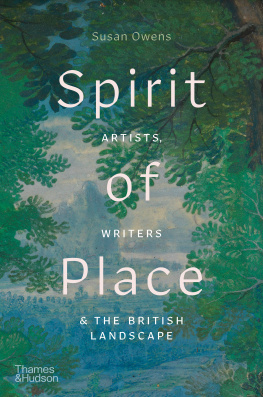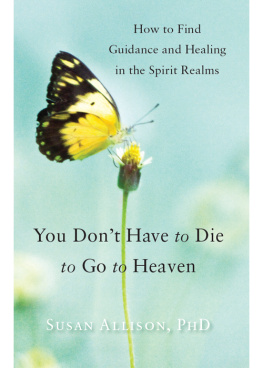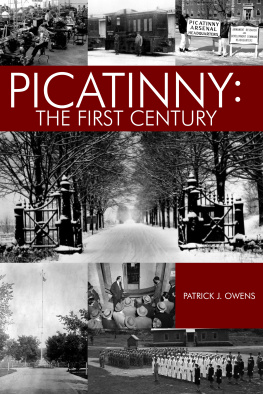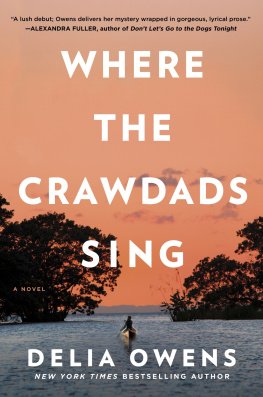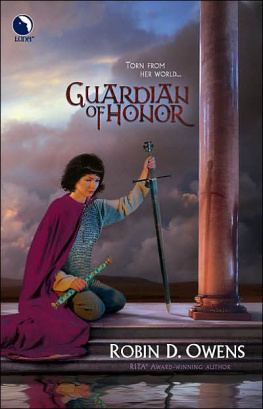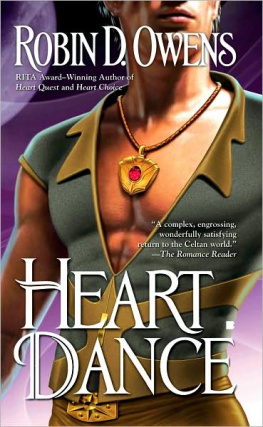Susan Owens - Spirit of Place
Here you can read online Susan Owens - Spirit of Place full text of the book (entire story) in english for free. Download pdf and epub, get meaning, cover and reviews about this ebook. year: 2020, publisher: Thames & Hudson, genre: Detective and thriller. Description of the work, (preface) as well as reviews are available. Best literature library LitArk.com created for fans of good reading and offers a wide selection of genres:
Romance novel
Science fiction
Adventure
Detective
Science
History
Home and family
Prose
Art
Politics
Computer
Non-fiction
Religion
Business
Children
Humor
Choose a favorite category and find really read worthwhile books. Enjoy immersion in the world of imagination, feel the emotions of the characters or learn something new for yourself, make an fascinating discovery.
- Book:Spirit of Place
- Author:
- Publisher:Thames & Hudson
- Genre:
- Year:2020
- Rating:4 / 5
- Favourites:Add to favourites
- Your mark:
- 80
- 1
- 2
- 3
- 4
- 5
Spirit of Place: summary, description and annotation
We offer to read an annotation, description, summary or preface (depends on what the author of the book "Spirit of Place" wrote himself). If you haven't found the necessary information about the book — write in the comments, we will try to find it.
Spirit of Place — read online for free the complete book (whole text) full work
Below is the text of the book, divided by pages. System saving the place of the last page read, allows you to conveniently read the book "Spirit of Place" online for free, without having to search again every time where you left off. Put a bookmark, and you can go to the page where you finished reading at any time.
Font size:
Interval:
Bookmark:


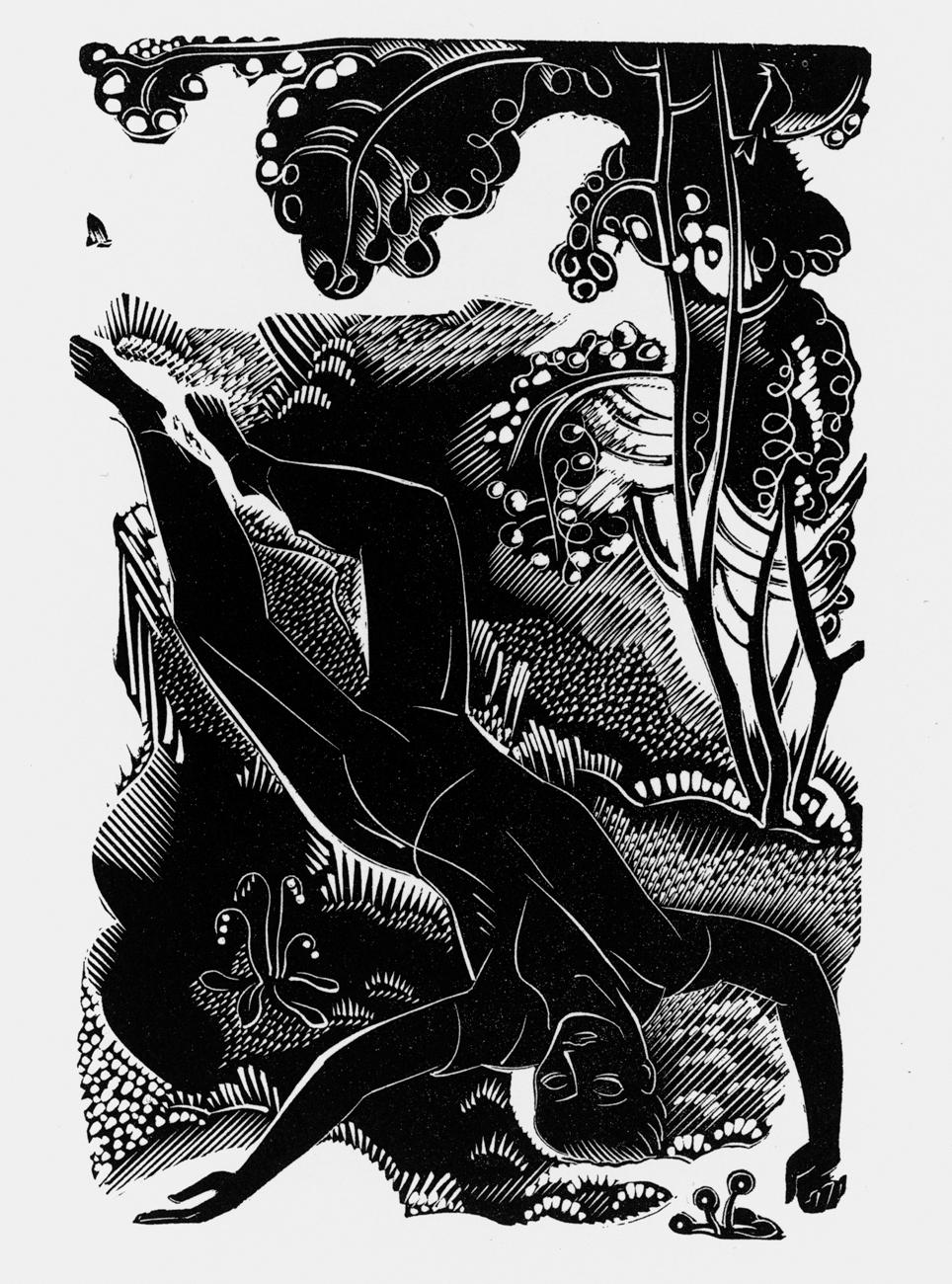
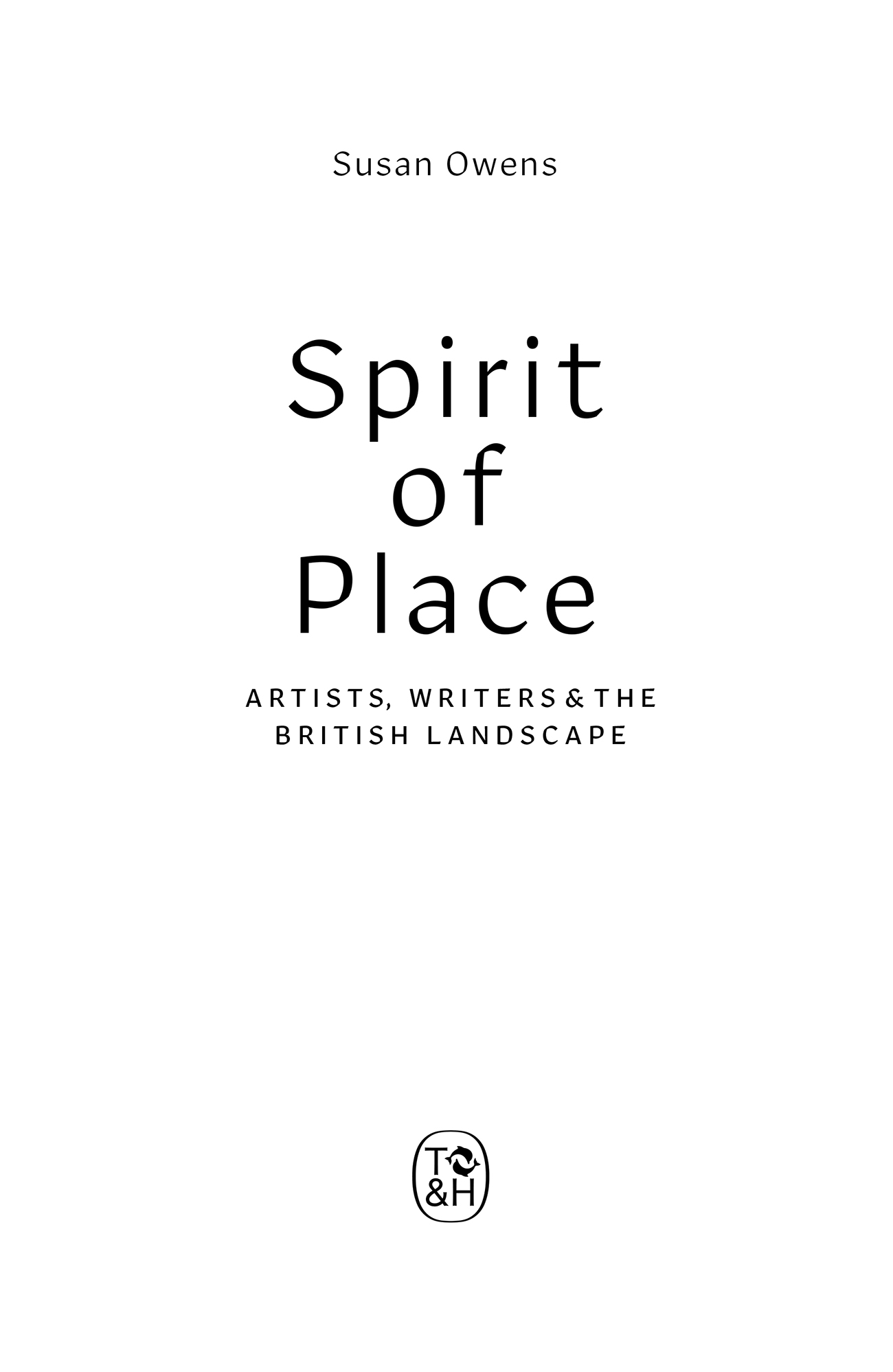
Dr Susan Owens is an art historian and curator who has worked at the Royal Collection and the Victoria and Albert Museum. Her previous books include The Ghost: A Cultural History (2017) and Christina Rossetti: Poetry in Art (2018).
Unquiet Landscape
Places and Ideas in 20th-Century British Painting
Christopher Neve
With 36 illustrations
Weatherland
Writers and Artists under English Skies
Alexandra Harris
With 59 illustrations
Romantic Moderns
English Writers, Artists and the Imagination from Virginia Woolf to John Piper
Alexandra Harris
With 79 illustrations
See our websites:
www.thamesandhudson.co.uk
www.thamesandhudsonusa.com
www.thamesandhudson.com.au
ON THE :
Isaac Oliver, Edward Herbert, 1st Lord Herbert of Cherbury (detail), c. 161314.
Watercolour on vellum mounted on panel, 18.1 22.9 cm. Powis Castle and Garden, Powys.
National Trust Images/Todd-White Art Photography/Bridgeman Images
:
Gertrude Hermes, wood-engraved frontispiece to Richard Jefferies, The Story of my Heart, 1938
First published in the United Kingdom in 2020 as Spirit of Place
ISBN 978-0-500-25230-7
by Thames & Hudson Ltd, 181A High Holborn, London WC1V 7QX
and in the United States of America by Thames & Hudson Inc., 500 Fifth Avenue, New York, New York 10110
Spirit of Place: Artists, Writers and the British Landscape 2020 Thames & Hudson Ltd, London
Text 2020 Susan Owens
This electronic version first published in 2020 in the United Kingdom by
Thames & Hudson Ltd, London
This electronic version first published in 2020 in the United States of America by
Thames & Hudson Inc., New York
All Rights Reserved. No part of this publication may be reproduced or transmitted in any form or by any means, electronic or mechanical, including photocopy, recording or any other information storage and retrieval system, without prior permission in writing from the publisher.
eISBN 978-0-500-77559-2
eISBN for USA only 978-0-500-77560-8
One late December day in 1828, the young artist Samuel Palmer sat down in Lullingstone Park, Kent, in front of one of the largest, oldest oak trees he could find, and attempted to draw it. But, as he later admitted to a friend, the oak he chose did not begin to measure up to the image he had in his mind, which had been planted there by a single phrase of John Miltons: Pine and monumental oak. There it grew to immense proportions; the poets tree, complained Palmer, is huger than any in the park. In a couple of words, it seemed, Milton had outstripped nature itself.
What Palmer noticed that day affects many of us as we go about our daily lives. Artists and writers do not just describe our landscape; they make it, too. The pictures we see and the stories we read seep deeply into our minds, forever changing the way we perceive the world around us. Palmer himself has had a profound and lasting effect on flowering horse chestnuts for me his watercolours, with their hyper-vivid colours, subtly exaggerate the trees joyful essence like clever caricatures. He has made them more real to me than they were before. In the same way, I am incapable of looking at the South Downs without thinking of William Nicholsons oil paintings; and every time I drive down the A12 from my home in Suffolk to London, a sweeping view opens up of Dedham Vale and I am struck by the absurd degree to which it looks like a painting by Constable. I cant help it. These are the filters through which the landscape appears to me I am sure you have your own.

Samuel Palmer, Oak Tree and Beech, Lullingstone Park, Kent, 1828.
Men and women have experienced the landscape in different ways at different times. Great physical changes have of course been made to the land over the centuries, as methods of farming have developed, patterns of land ownership have altered the shapes and sizes of fields and urban sprawl has covered much of what was once countryside. But cultural shifts in the aesthetic appreciation of landscape have played at least as important a role. There have been times when the countryside has been a place to lift the heart, and others when it has been regarded as better suited for melancholy reflection; times when it could offer spiritual enlightenment and times when people shut the door against it with a shudder of relief. Perhaps the most dramatic illustration of changing perceptions is our attitude to mountains. Before the late eighteenth century, mountains were considered ugly and offensive. No one went near them if they could possibly avoid it touring southern Scotland in the 1720s, Daniel Defoe was distressed by country of the wildest and most hideous aspect surrounding Drumlanrig.
Landscape is a vast subject, and I am fascinated by the way successive cultural, social and intellectual changes have shaped our attitudes to it over centuries. The scope of this book is intended to offer a view of the big picture as it unfolds. But just as interesting to me are the voices of individuals who experience the landscape: I wanted to know what a woman living at the time of Queen Anne saw as she rode through the Peak District; what an Elizabethan thought while gazing across a heath; how a tenth-century man felt about woodland. In this book I have set out to put these writers, artists and chroniclers centre stage; to notice the details they notice, and to write about why they frame this subject in the ways they do.
Spirit of Place probably first took root in my childhood, spent in rural Derbyshire at the tip of the Pennines toes. It has certainly grown from my work as a museum curator. Much of my research has taken place in collections of fine and decorative arts, particularly those of the Victoria and Albert Museum. Not only does the V&A house Britains national collection of watercolours, one of the greatest resources for landscape art, it also has a long history of collecting the curious and difficult things that do not easily fit into other museums. Londons National Gallery, for example, collects oil paintings but not works on paper. With equal fastidiousness, the British Museum collects works on paper but not oil paintings. The V&A has few such qualms. So when, in the past, half a painted room needed a home or the wooden viewing-box that Gainsborough constructed to view his glass paintings by candlelight or Philip de Loutherbourgs paper models of Peak Cavern, designed for a long-forgotten play called The Wonders of Derbyshire off to the V&A they went. My time as a curator of the oil paintings, watercolours, drawings and associated oddments in the V&As collections taught me that art history is messy and complicated, and all that awkward, delicate, difficult-to-store, three-dimensional stuff cannot be made to sit up straight and behave itself. In any case, working in a huge museum with such a large component of decorative arts is an education in itself: walking daily through the galleries on my way to my eyrie of an office, I could not help but think about the ways in which tapestries and embroideries, for instance, might relate to so-called fine art.
Next pageFont size:
Interval:
Bookmark:
Similar books «Spirit of Place»
Look at similar books to Spirit of Place. We have selected literature similar in name and meaning in the hope of providing readers with more options to find new, interesting, not yet read works.
Discussion, reviews of the book Spirit of Place and just readers' own opinions. Leave your comments, write what you think about the work, its meaning or the main characters. Specify what exactly you liked and what you didn't like, and why you think so.

